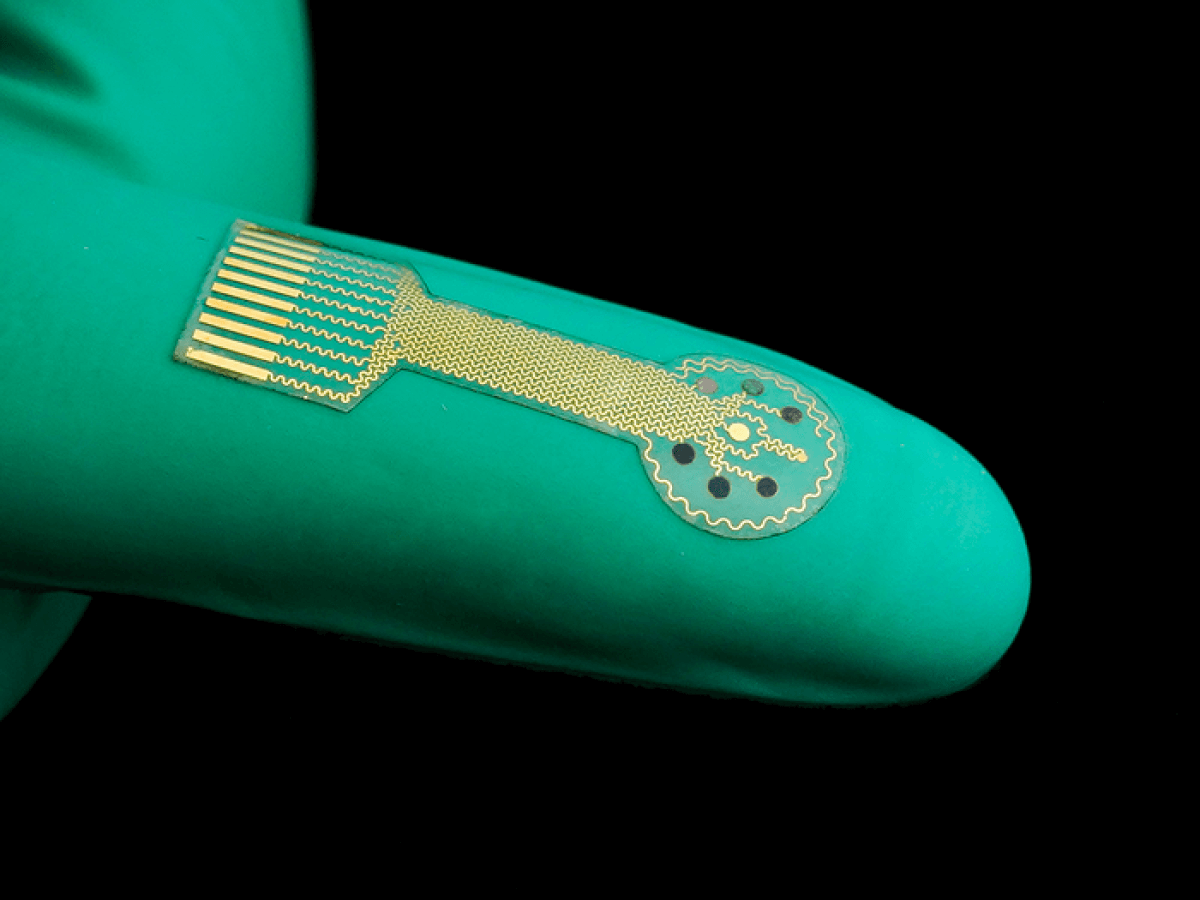The embedded electronics within its sensor enable it to monitor factors such as pH levels and temperatures, which could indicate bacterial infection or inflammation in the wound.
A bandage that can monitor and treat wounds has the potential to reduce the cost, efficiency, and inconvenience of the healing process, is currently undergoing trials before hitting the shelves.
The California Institute of Technology (Caltech) scientists created this innovative, stretchy bandage, which is set to revolutionise wound treatment,
The smart bandage can respond to wounds in three ways. It can wirelessly transmit data to a nearby device for review by the patient or doctor.
It also can deliver antibiotics or other stored medication directly to the wound, or it can apply a low-level electrical field to stimulate tissue growth and speed up the healing process.
Although it is not yet for sale, the smart bandage could hit the market in the near future if human trials go well. This product, developed in Dr. Wei Gao’s lab, aims to address chronic wounds, which cost the United States approximately $25 billion per year.
“There are many different types of chronic wounds, especially in diabetic ulcers and burns that last a long time and cause huge issues for the patient,” said Dr. Gao in a university release.
Unlike traditional bandages, the smart bandages developed by Caltech researchers are made of a flexible polymer that contains both electronics and medication.
The sensor’s embedded electronics allow it to monitor factors such as pH levels and temperatures, which could indicate bacterial infection or inflammation in the wound.
“There is a demand for technology that can facilitate recovery. We have shown this proof of concept in small animal models, but, down the road, we would like to increase the stability of the device and also to test it on larger chronic wounds because the wound parameters and microenvironment may vary from site to site,” Dr. Gao explained.







